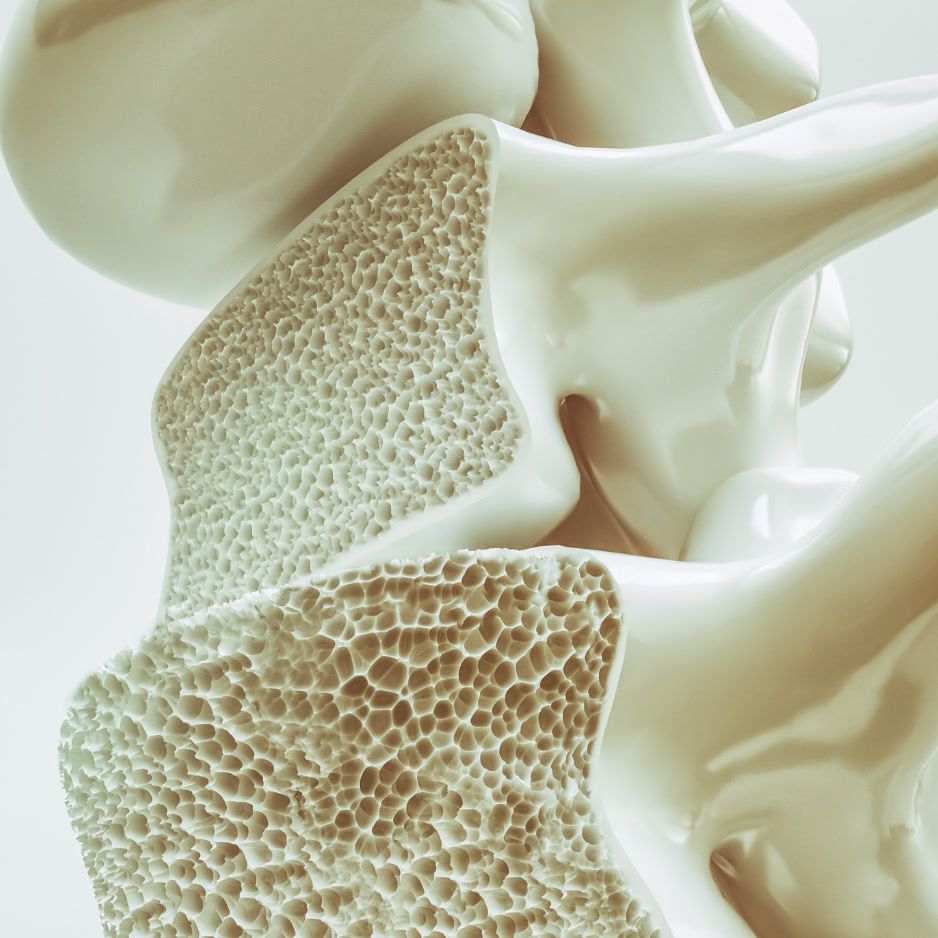Best Forearm Workout: 12 Exercises & 8-Week Plan
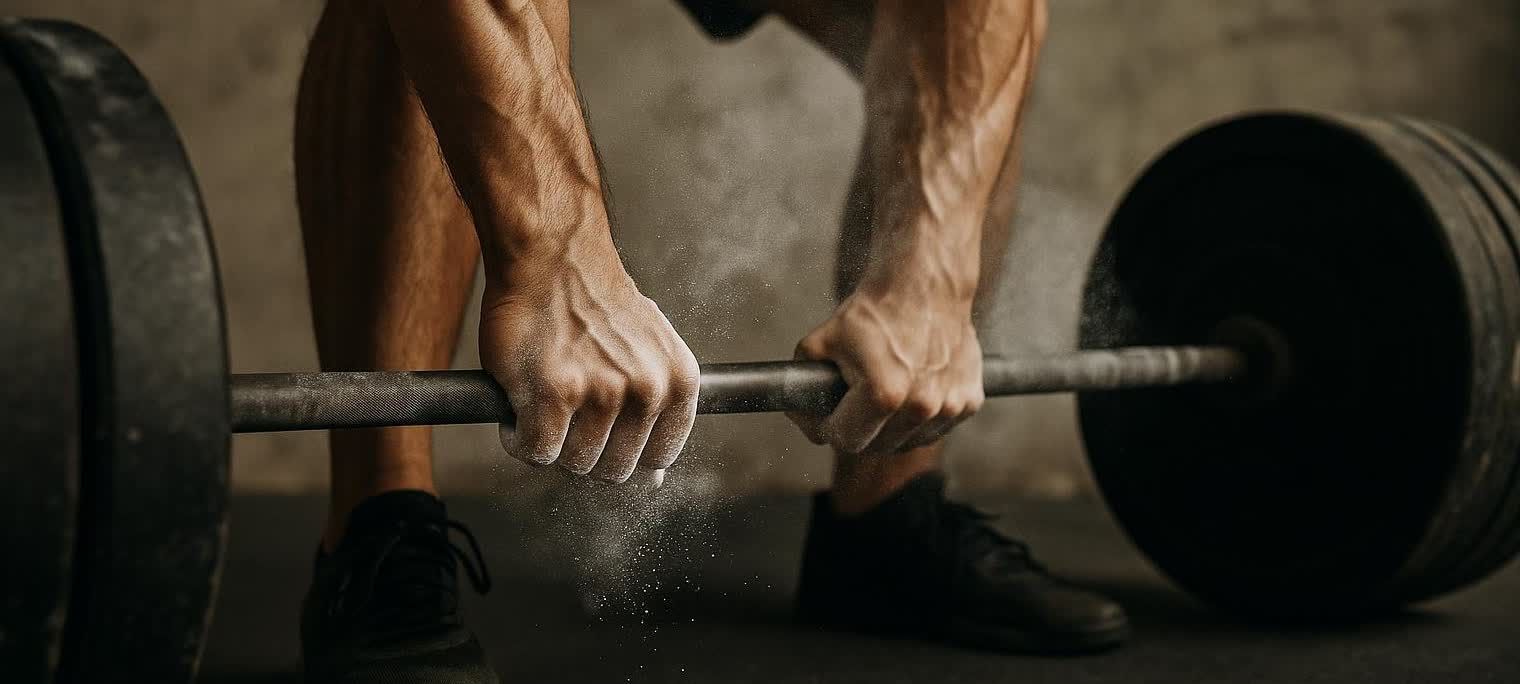
Best Forearm Workout: 12 Exercises & 8-Week Plan
Forearm training rarely tops the priority list—but it should. Strong forearms translate to a stronger grip, and grip strength is increasingly viewed by researchers as a key indicator of overall health and longevity that may even qualify as a new “vital sign” in clinical screenings. Whether you’re chasing a heavier deadlift, longer rock-climbing routes, or simply a pain-free workday holding tools, targeted forearm work fills the gap that big-muscle programs miss.
This guide breaks down exactly what to do, how often to do it, and how to track real muscle growth with BodySpec DEXA scans.
Forearm Anatomy 101 (Why Your Grip Gives Out First)
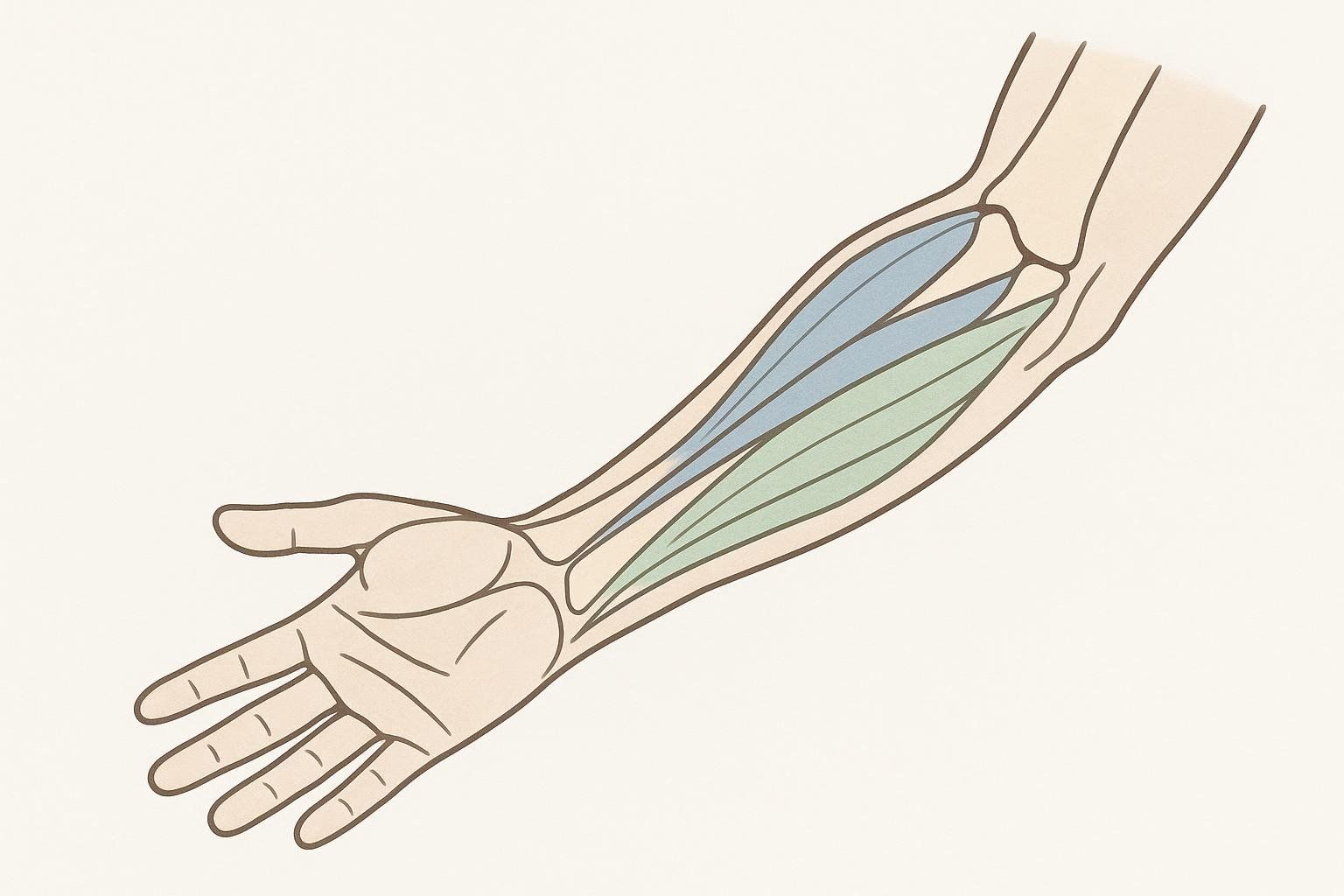
Your forearm houses more than 20 small muscles that create three big actions:
- Wrist flexion (palms-up curls)
- Wrist extension (palms-down curls)
- Forearm rotation (supination & pronation)
Together, these muscles also control finger flexion—the true engine behind grip strength. Because the muscles are small and packed with slow-twitch fibers, they fatigue quickly under constant tension (think holding groceries). That’s why a dedicated “best forearm workout” must train strength, endurance, and mobility in one plan.
Why Grip Strength Matters Beyond the Gym
• Long-term studies link weak grip strength to higher rates of cardiovascular disease, diabetes, and even all-cause mortality.
• Research summarized by Harvard Health Publishing on grip strength and aging notes that poor grip is among the top predictors of falls, fractures, and reduced independence in older adults.
Translation: bigger, stronger forearms are far more than a vanity play.

How to Measure Progress (DEXA > Tape Measure)
| Method | What it Tells You | How Often |
|---|---|---|
| BodySpec DEXA Scan | Objective lean-mass change in each arm | Before and after a training cycle (e.g., 8–12 weeks) |
| Hand-Grip Dynamometer | Neural strength & endurance | Monthly |
| Forearm Circumference | Visual size; crude | Bi-weekly |
The Best Forearm Workout: 12 Proven Moves
Strength Builders (3–4 sets • 6–12 reps)
| Exercise | Equipment | Key Benefit |
|---|---|---|
| Palms-Up Wrist Curl | Dumbbell or barbell | Direct wrist flexor overload |
| Reverse Wrist Curl | Dumbbell or barbell | Targets wrist extensors—often under-trained |
| Hammer Curl | Dumbbells | Emphasizes brachioradialis; carry-over to biceps lifts |
| Thick-Handle Farmer’s Carry | Dumbbells, kettlebells, or farmer handles | Heavy isometric squeeze plus posture work |
| Plate Pinch Hold | Two weight plates | Finger-flexor specialization |
Endurance & Isometric Finishers (2–3 sets • 20–60-sec holds)
| Exercise | Equipment | Key Benefit |
|---|---|---|
| Dead Hang | Pull-up bar | Builds passive grip endurance and spinal decompression |
| Towel Pull-Up or Hang | Towel + bar | Simulates fat-grip challenge without gadgets |
| Rice Bucket Squeeze | Large bowl of rice | High-rep, low-load burn to boost muscular endurance |
| Band Finger Extension | Light rubber band | Balances flexion work; supports elbow health |
Mobility & Pre-Hab (1–2 sets • 10–15 reps)
| Exercise | Equipment | Key Benefit |
|---|---|---|
| Wrist Flexor Stretch | None | Maintains flexibility and reduces tightness post-training |
| Pronation/Supination Drill | Light hammer or dowel | Primes stabilizers before heavy work |
| Wrist Circles | None | Improves blood flow during sedentary periods |
8-Week Progressive Program
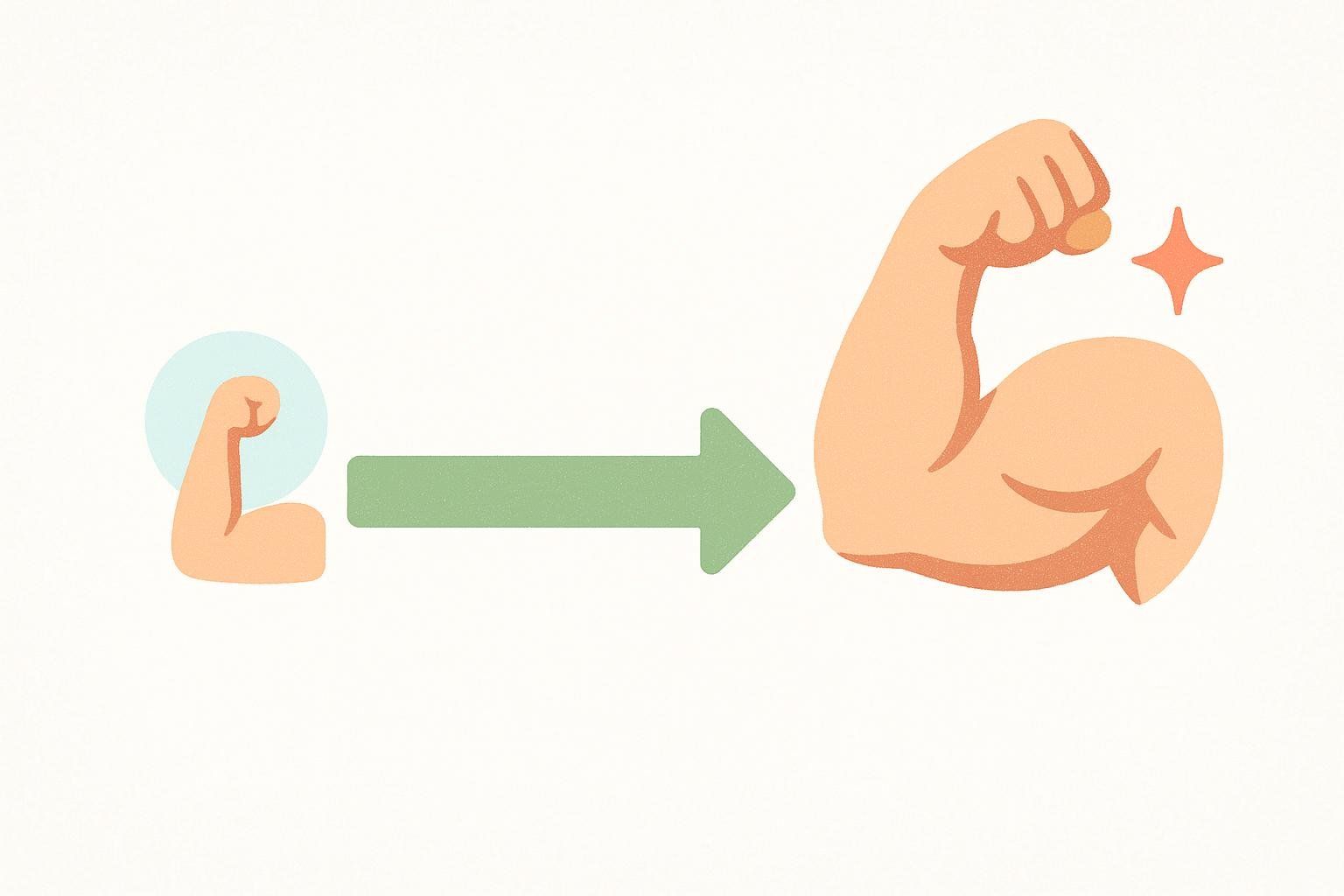
Weeks 1–4 (Foundation)
| Day | Exercise | Sets × Reps/Time |
|---|---|---|
| Mon | Palms-Up Wrist Curl | 3 × 10 |
| Mon | Reverse Wrist Curl | 3 × 12 |
| Mon | Rice Bucket Squeeze | 3 × 30 sec |
| Thu | Hammer Curl | 3 × 8 |
| Thu | Plate Pinch Hold | 3 × 20 sec |
| Thu | Dead Hang | 2 × max time |
Weeks 5–8 (Progress & Specialize)
| Day | Exercise | Sets × Reps/Time |
|---|---|---|
| Mon | Thick-Handle Farmer’s Carry | 4 × 40 yd |
| Mon | Reverse Wrist Curl | 4 × 10 |
| Mon | Band Finger Extension | 3 × 15 |
| Thu | Hammer Curl | 4 × 10 (add weight) |
| Thu | Towel Pull-Up OR Hang | 3 × max |
| Thu | Pronation/Supination Drill | 2 × 12 |
Progression Rules:
- Add 5 lbs (or next band tension) once you hit the top rep/time range.
- Maintain neutral wrist alignment—if your wrist collapses, reduce the load.
- Deload every four weeks by halving total volume.
How to Adapt This Workout
For Office Novices
• Perform a Dumbbell Farmer’s March in place to save space.
• Keep sessions under 15 minutes—perfect for a lunch break.

For Climbers
• Replace Hammer Curl with Towel Grip Curl for climbing-specific endurance.
• Add a third weekly set of Band Finger Extensions to balance high-volume grip work and support elbow health.
For Tradespeople
• Use job-site materials—two paint cans become a Farmer’s Carry.
• Incorporate the Wrist Flexor Stretch and Wrist Circles daily to relieve wrist stiffness after repetitive tasks.
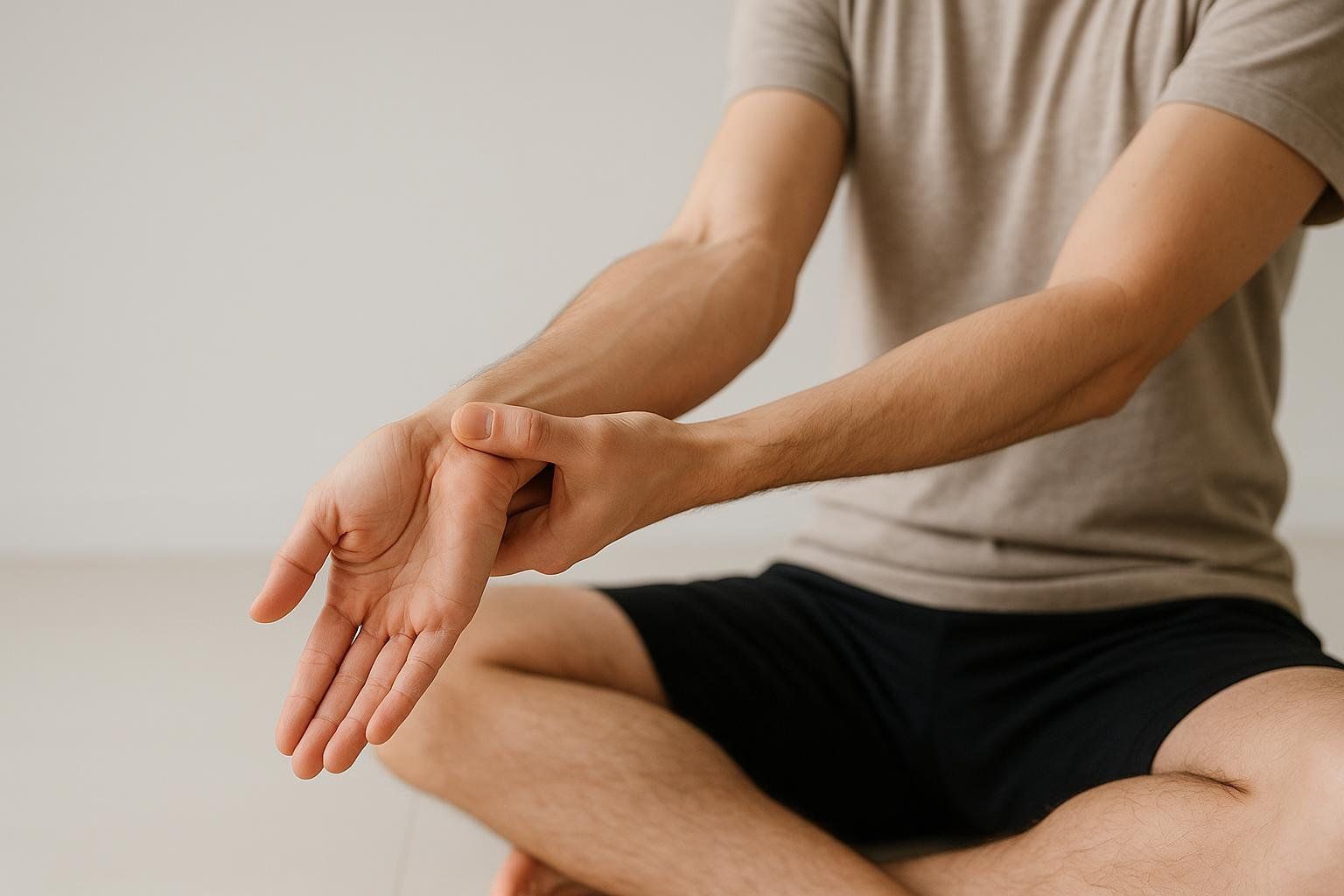
Common Mistakes & How to Fix Them
- Over-reliance on straps: Reserve straps for personal-record attempts, not warm-ups.
- Ignoring extensors: Reverse Curls correct imbalances and help avoid elbow pain.
- Rushing reps: A 2-1-2 tempo (lift – squeeze – lower) maximizes tension.
FAQs
How often should I train forearms?
Two to three focused sessions per week strike the balance between stimulus and recovery.
When will I see results?
Visible changes typically appear around Week 6; DEXA lean-mass shifts can register even sooner.
Do I need special equipment?
No—dumbbells, a pull-up bar, or even a bucket of rice will suffice. Fat-grip add-ons are optional.
Can I train forearms on rest days?
Light mobility and band work are fine. Save heavy loaded carries for strength days to ensure full recovery.
Ready to Track Real Muscle Gains?
Consistent, purposeful training—validated by objective data—lays the groundwork for stronger forearms and a more resilient grip. A BodySpec DEXA scan provides lab-level insight into exactly how much lean mass your new forearm routine adds—no guesswork. Book your scan today to establish your baseline and watch the data climb.
Looking for a full arm routine? Explore our 20-Minute Beginner Arm Circuit next.

